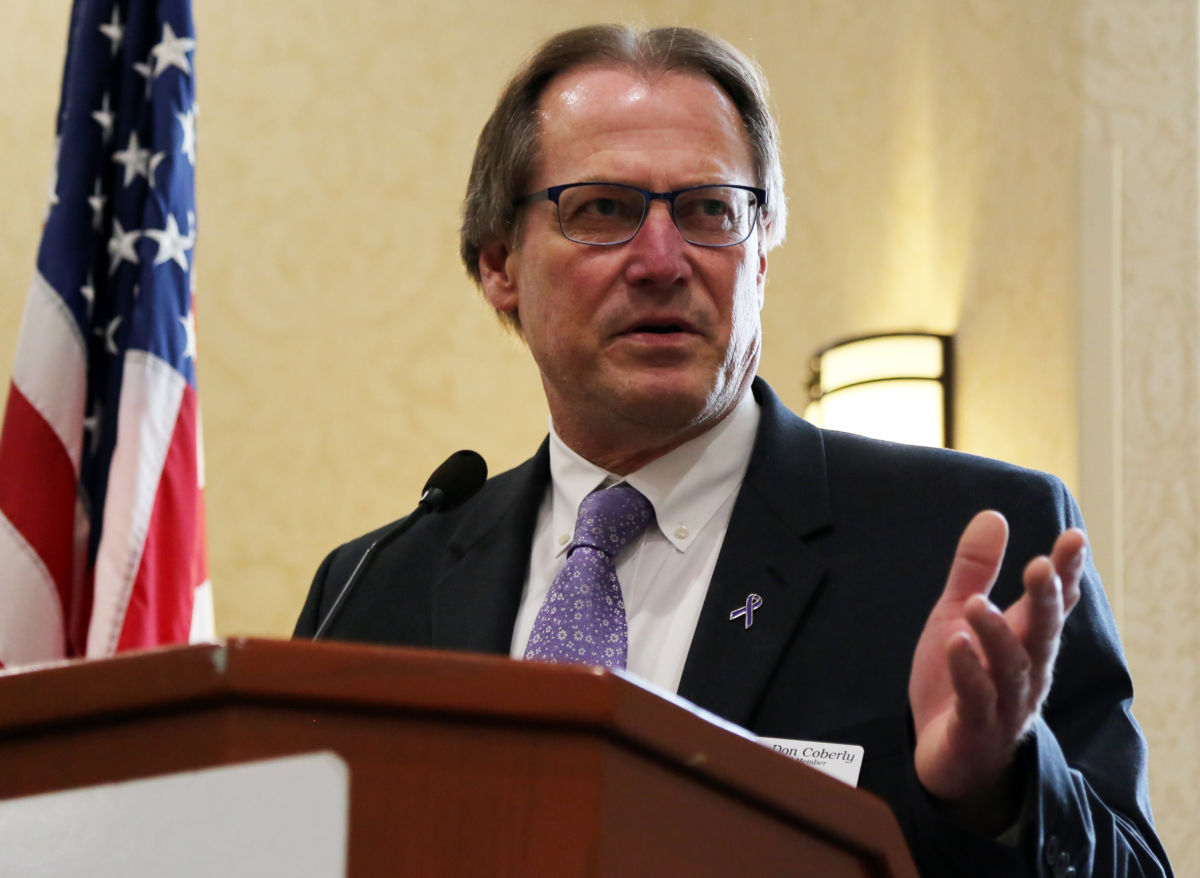Over the past decade, more and more Idaho high school students have taken — and passed — rigorous Advanced Placement tests. And their scores compare favorably with national averages.
But the state’s Advanced Placement push is resonating only with a fraction of Idaho students. In 2016, barely 12 percent of Idaho’s class of 2016 graduated high school with AP college credits in hand — and this number lags well below the national average.
The good news, and the troubling news, comes as Idaho students can take AP exams on the taxpayers’ dime. By bankrolling the AP tests, the state is wagering that students who pass will be more likely to attend college, and more likely to succeed when they get there. The state also hopes rural students will use AP courses as a springboard to college — but here again, the numbers are troubling.
Why the AP test matters to students
AP courses are popular with college-bound high school students — because they can jumpstart their pursuit of a degree at a deep discount. Nationally, more than 2.6 million members of the class of 2016 took at least one AP test, according to The College Board, the nonprofit entity that administers AP exams. This represents a 95 percent increase from 2006.
It’s up to colleges and universities to decide how many credits to award for passing an AP exam. Generally, a passing score is worth at least two or three credits — and at Boise State University and Idaho State University, a perfect score of five on some foreign language and culture tests can be worth up to 16 credits.

And there’s another benefit: students who take AP courses are more likely to stay in college. When the Boise School District ran the numbers on its class of 2013, the district found that 81 percent of its AP students had either graduated from college or were still working toward a degree.
“With the growth of the Advanced Placement program, more students than ever are accessing rigorous coursework, and the percentage of those students attending and staying in college is extremely high,” Superintendent Don Coberly wrote in a January blog on the AP program.
Why the AP test matters to Idaho
The state has made AP such a high priority that students can now take the exams for free.
The state’s growing advanced opportunities program gives each student a $4,125 line of credit to bolster their academic resumes. Students can use their share of taxpayer money to cover the $93 cost of AP exams.
The state is willing to bankroll AP tests for a couple of reasons. First, state officials believe AP courses give students a flavor of the demands of college-level work. Second, they’re hoping graduates will use their AP credits and continue their education — and, in time, improve Idaho’s lackluster college graduation rates.
Since 2010, education, political and business leaders have rallied behind the so-called “60 percent” goal; they would like 60 percent of the state’s 25- to 34-year-olds to hold a postsecondary degree or certificate. A gubernatorial task force on higher education has abandoned the idea of hitting this goal by the original 2020 target date. And as the group is looking at ways to attract and accommodate more college students, it is also scrutinizing Idaho’s $12.1 million “advanced opportunities” budget — which covers AP exams and other programs designed to encourage college enrollment.
Idaho’s AP boom
By all College Board metrics, the AP program is growing dramatically in Idaho. In 2016:
- 6,756 Idaho students took at least one AP class, up 72 percent from 2006.
- Idaho students took 11,297 AP tests, up 84 percent from 2006.
- Idaho students scored a passing grade on 7,064 AP tests, up 82 percent from 2006, when students received a passing grade on 3,886 tests.
Not surprisingly, as more students have taken AP exams, the scores have dropped:
- In 2016, Idaho students earned passing scores on 62.5 percent of AP tests, down from a 68.9 percent pass rate in 2010.
- However, Idaho’s pass rate remains consistently higher than the national rate. In 2016, the national pass rate came in 55.7 percent.
Idaho’s AP gaps
Idaho fares poorly when it comes to another national comparison.
Only 12.1 percent of Idaho’s class of 2016 passed an AP test, compared with 21.9 percent of high school graduates nationally.
Only 10 states had a lower AP pass rate than Idaho. Almost all of these states are rural locales in the Midwest or Deep South. Among Idaho’s neighbors, only Wyoming had a lower AP pass rate.
Despite Idaho’s concerted push on AP — and its financial investment in students who take AP tests — the state still faces an internal challenge that threatens the state’s larger goals in boosting college graduation rates.
AP test-takers tend to attend urban schools and districts.
In a 2015 study, the Boise district found that its students accounted for 37 percent of the AP tests taken in Idaho. The neighboring West Ada district accounted for an additional 13 percent of AP tests.
In other words, Idaho’s two largest school districts accounted for about a fifth of the state’s high school students — but half of the AP tests taken across the state.
Idaho Education News data analyst Randy Schrader contributed to this report.
